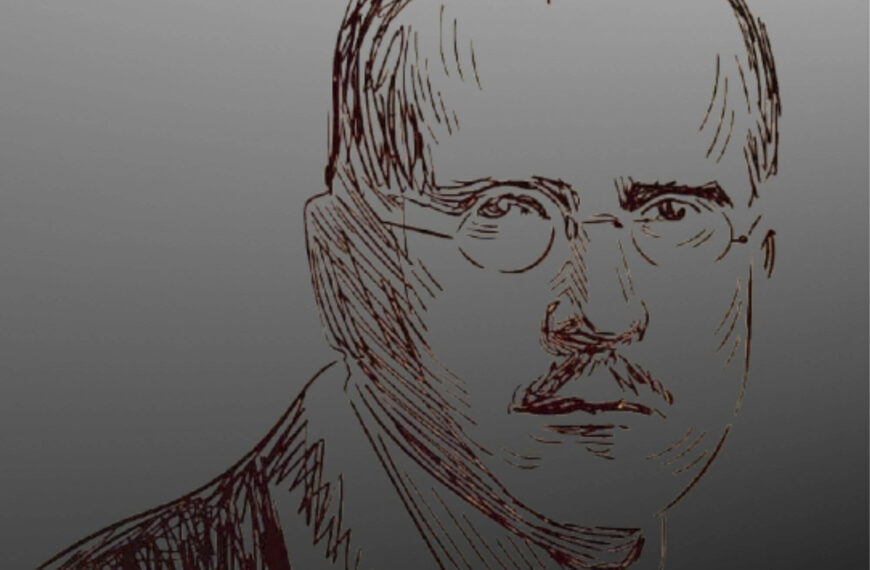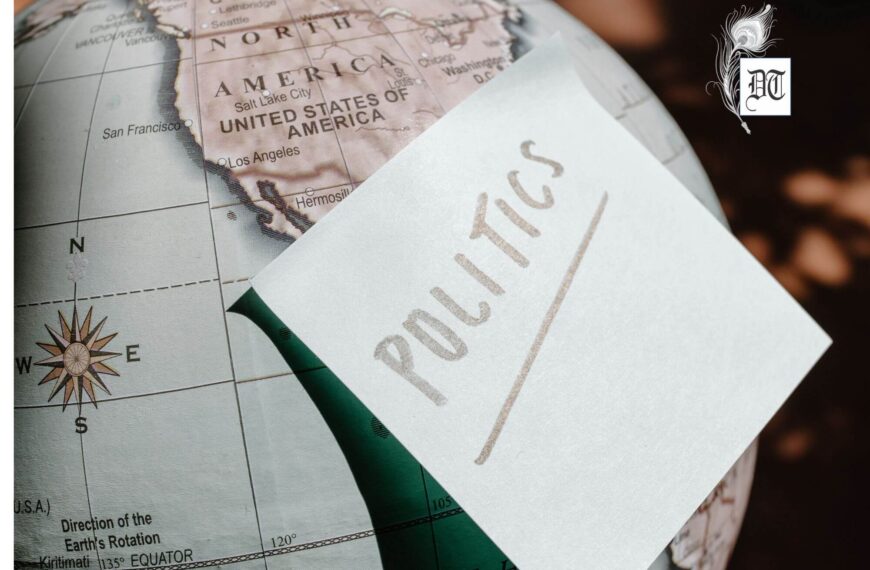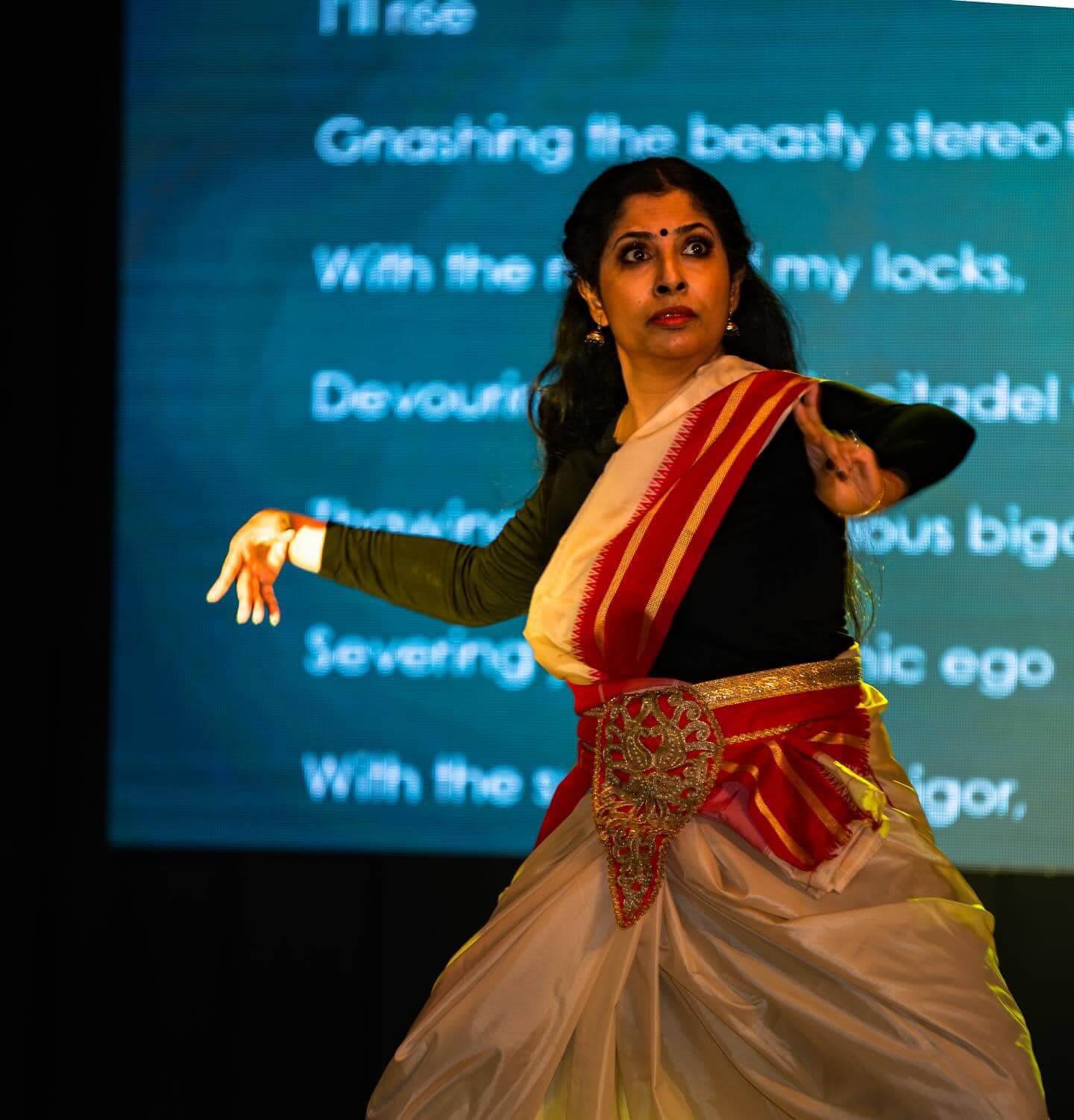Bangalore-based Farheen tells us about the uniqueness of the Internet of Things (IoT) and how technology will make life easier, in the near future. Read more about it, it the weekly column, exclusively in Different Truths.
Let us decipher the term “Internet of Things” (IoT). We understand two words in this phrase “Internet” and “Things”. Have you wondered what these two words can help create something unique and so exceptionally useful?
The IoT refers to the connection and communication of devices (excluding the basic functions of a smartphone using the Internet and helping you read your email on your phone) to the Internet. Cars, kitchen appliances, and even health devices can all be connected through the IoT. So, you have a set of things and industries that are under this umbrella of IoT, such as wearables, household gadgets and appliances, energy saving devices, healthcare and medical equipment, sensors, vehicles, consumer devices, and many other devices that are in the between all the other preceding things.
According to CISCO, the worldwide leader in networking, connectivity and all things communication, IoT is going to connect 25 billion devices by 2015, and 50 billion by 2020 (Source: www.cisco.com). Furthermore, according to IT research agency, International Data Corporation (IDC), this escalating global IoT market is going to hit $7.1 trillion in 2020 (Source: www.zdnet.com).
Internet of Things refers to a network of internet-connected objects that are connected in a way to collect and exchange data using embedded sensors. The Internet of Things devices refers to any stand-alone internet-connected device that can be monitored and/or controlled from a remote location.
A “thing” in the “Internet of Things” can either be a human with a device implanted within him, an animal with a biochip transponder, or any other natural or man-made object that can be assigned an IP address and provided with the ability to transfer data over a network.
The industries that will benefit from IoT are:
- Manufacturing
- Transportation
- Defense
- Agriculture
- Infrastructure
- Retail
- Logistics
- Banks
- Oil
- Gas
- Mining
- Insurance
- Connected Home
- Food Services
- Utilities
- Hospitality
- Healthcare
- Smart Buildings
One IoT device connects to another to transmit information using Internet transfer protocols. IoTplatforms serve as the bridge between the devices’ sensors and the data networks.
The following are some of the top IoT platforms visible in the market:
- Amazon Web Services
- Cisco IoT Cloud Connect
- GE Predix
- IBM’s Watson
- Microsoft Azure
- Oracle Integrated Cloud
- Salesforce IoT Cloud
- ThingWorx IoT Platform
To understand the Internet of Things technology, these videos are a must watch:
- https://www.youtube.com/watch?v=_AlcRoqS65E
- https://www.youtube.com/watch?v=QSIPNhOiMoE
- https://www.youtube.com/watch?v=uEsKZGOxNKw
- https://www.youtube.com/watch?v=bdKZQ2mUzlY
Some of the examples will help you understand Internet of Things better.
Among a list of many devices used with the Internet of Things technology is the Nest, a smart thermostat that’s connected to the internet. The Nest learns your family’s routines and automatically controls the temperature based on when you are home or away, awake or asleep, hot or cold, to make your house more efficient and help you save on heating and cooling bills. The mobile app allows you to edit schedules, change the temperature when you are away from home, and even receive alerts your heating or cooling system is faulty.
Philips Hue Smart Bulb is personal wireless LED lighting. Choose white light or any other color. It controls your smart lights from your bedroom to your backyard.
Watch this video to understand what Philips Hue Smart Bulb can do:https://www.youtube.com/watch?v=IT5W_Mjuz5I
Canary Smart Security System combines video, audio, motion detection, night vision, a siren, and air quality, temperature, and humidity sensors into a single device that you can control from your phone.
Watch this video: https://www.youtube.com/watch?v=PAEQMiAGKJE
The Healthpatch can be used for outpatient care by healthcare providers, letting them get ECG, heart rate, respiratory rate, skin temperature, body posture, fall detection, and activity readings remotely. This can alert doctors to potential health problems even before they come to the fore, or provide them more information about their treatments that will be most effective for their patients, even when their patients are not in the office.
Watch this video: https://www.youtube.com/watch?v=uw4h3ahEsn4
The Internet of Things will give life to all the man-made things using the Internet and will also enable 24/7 communication and successful completion of tasks, without human intervention.
Because there will be constant tracking by computers on both on the quality and the viability of things at home. Knowing the expiration date of products before one consumes them improves safety and quality of life. In addition, you will never run out of anything when you need it at the last moment.
With access to a large amount of information, it will certainly be easier to make the right decision. It would help you to know what to buy from a grocery store while you are out, without having to check on your own, not only saves time but is convenient as well.
With the bright side of things, there is always a challenge or disadvantage. Safety can be an issue. There is a chance that the software can be hacked and your personal information misused. Privacy is a big issue with IoT. All the data must be encrypted so that data about your how, when, where and what you do shouldn’t be public.
As the internet and technology continue to evolve and being use and that too in our homes, we need to be careful and be wise enough to understand how to use the technology and that too at what time.
But, when technology proves to be a blessing than a curse, who wouldn’t want to use it to reap its benefits.
©Farheen Viquas
Photos sourced by the author from the Internet.
#InternetOfThings #EncryptedData #PersonalInformation #TrackingOfPesonalInfo #TechGuru #DifferentTruths








 By
By

 By
By